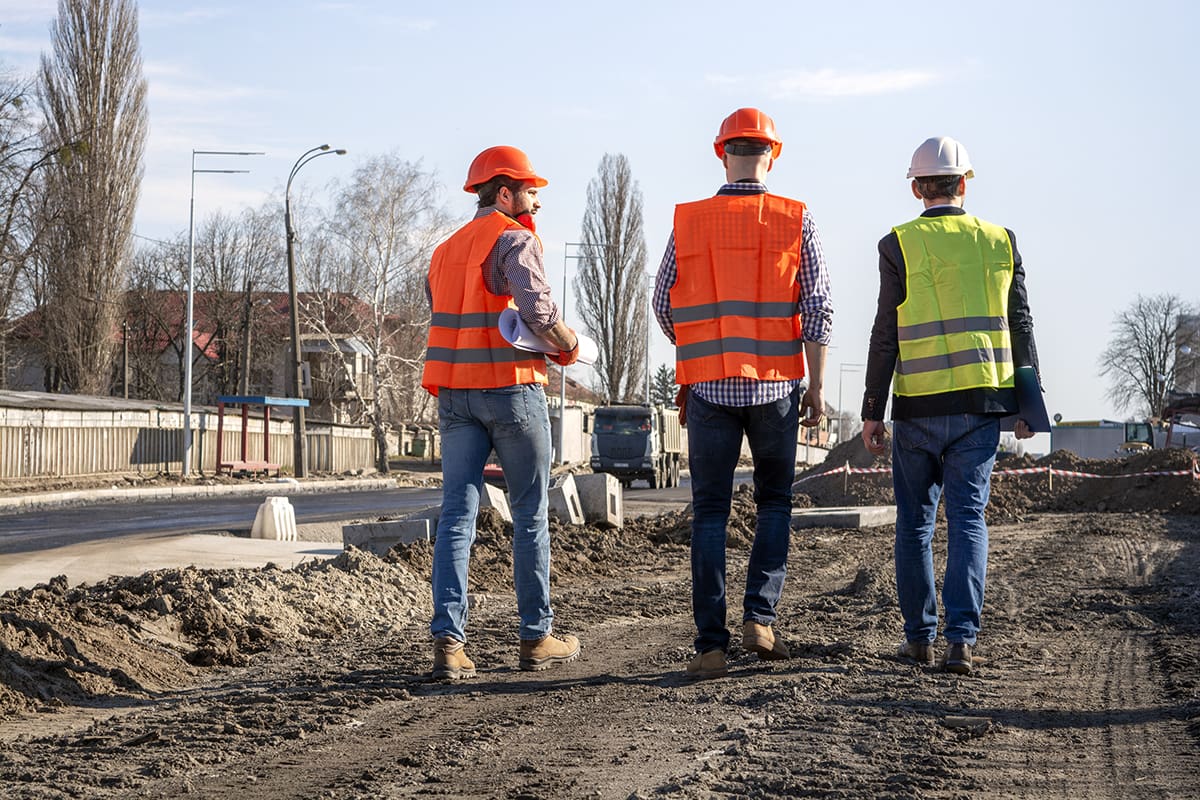Construction Close Out
Sometimes the trickiest part of a project comes after the construction work is done.
Some people think a building contractor’s job is done when construction is complete. But actually, that’s just the beginning of one of the most complex phases of the project—the closeout.
Closing out a construction project involves a vast array of paperwork and interaction between the various players: project owners, subcontractors, designers, inspectors, utility companies, and regulatory agencies. The possibility of communication breakdowns and delays is great, so careful attention is crucial at this stage. Making project owners wait to occupy their new structures can impose unexpected costs—which they may pass on in the form of liquidated damages.

Steps in a Successful Construction Closeout
The goal for both owners and contractors is the issuance of a certificate of occupancy from the local housing authority. This confirms that the structure is complete, compliant, and ready for use. But the path to that goal can be difficult and tedious. For this reason, smart contractors begin the process early—ideally at the start of the project.
The contractor must collect numerous documents from subcontractors, including product warranties and manuals for operating equipment. Obtaining these things can take time, especially when many subcontractors are involved. So, it’s wise to get as much done as possible before closeout begins. Any change orders that occurred during the construction phase must be thoroughly documented, which usually involves interacting with the original project designers.
The contractor will seek a certificate of substantial completion from the project owner. This document affirms that the work has been done satisfactorily according to the agreement between the parties. Before that happens, the project owner will order an inspection of the property and compile a punch list of items that must be remedied. Addressing these items will typically require the involvement of subcontractors that worked on the components in question. It may also call for input from the design team. The contractor will also deliver to the owner all applicable product data, warranties, operation manuals, final affidavits, and other relevant material.
With the certificate of substantial completion in hand, the contractor can seek a certificate of occupancy from the local building authority. This will be contingent on a final inspection conducted by a licensed inspector from that agency. The inspection will focus on compliance with all applicable laws and building codes. The contractor will be responsible for addressing any remaining issues discovered during the inspection. Sometimes multiple inspections are necessary.
Once a certificate of occupancy is issued, the contractor can expect to be paid in full, including the release of any retainage (money held back until occupancy is secured). The subcontractors are typically paid at this point and can be asked to provide lien waivers releasing the contractor and owner from further obligation.
Although the building may be cleared for occupancy at this stage, the contractor’s role is not quite finished. Contractors typically use temporary utility services such as electricity, water, and gas during the construction phase. Now, those services must be transferred to the building owners. Utility entities often have their own requirements that must be met before service can be approved. The new building staff will also need to be trained to operate equipment such as HVAC and other systems. This training typically takes place in person, with accompanying manuals or videos.
After the closeout is completed, many contractors meet with the various stakeholders for a final conference or debrief. This allows them to voice their impressions and any concerns, which can be invaluable for helping contractors improve their game. It’s also smart for contractors to remain available in a support capacity after the fact.

Best Practices for a Successful Closeout
All the steps described here take time, and snags or breakdowns can occur at any stage of the process. Experienced contractors know that this phase requires special attention, and they give it the care it deserves.
Here are some best practices for closing out a project successfully:

Plan Ahead. Considering all the threads that must come together for a successful closeout, it’s best to get going as early as possible. Some things can be addressed during the construction phase, while others will need to wait till the end. Construction management software can help organize tasks in a logical sequence and aid in creating a realistic timeline for completion.

Keep good records. It’s essential to keep all documents labeled and organized throughout the construction phase so they’re readily accessible when it’s time to close. Again, construction management software can help in this process.

Communicate. In business, nobody likes surprises. Clear communication between parties can avoid many problems. Maintaining communication with subcontractors is critical to a smooth process. Subcontractors may not immediately inform you if there are delays in their work or in obtaining materials, but you need to know. And keeping the client apprised at every stage is simply a good policy.

Make the client happy. After performing excellent work, a contractor can spoil it at the end by neglecting the client’s perceived needs. A little extra effort at this critical point can leave the client with a good impression and avert costly financial and legal conflicts. In the best cases, it will lead to glowing references—and repeat business.


